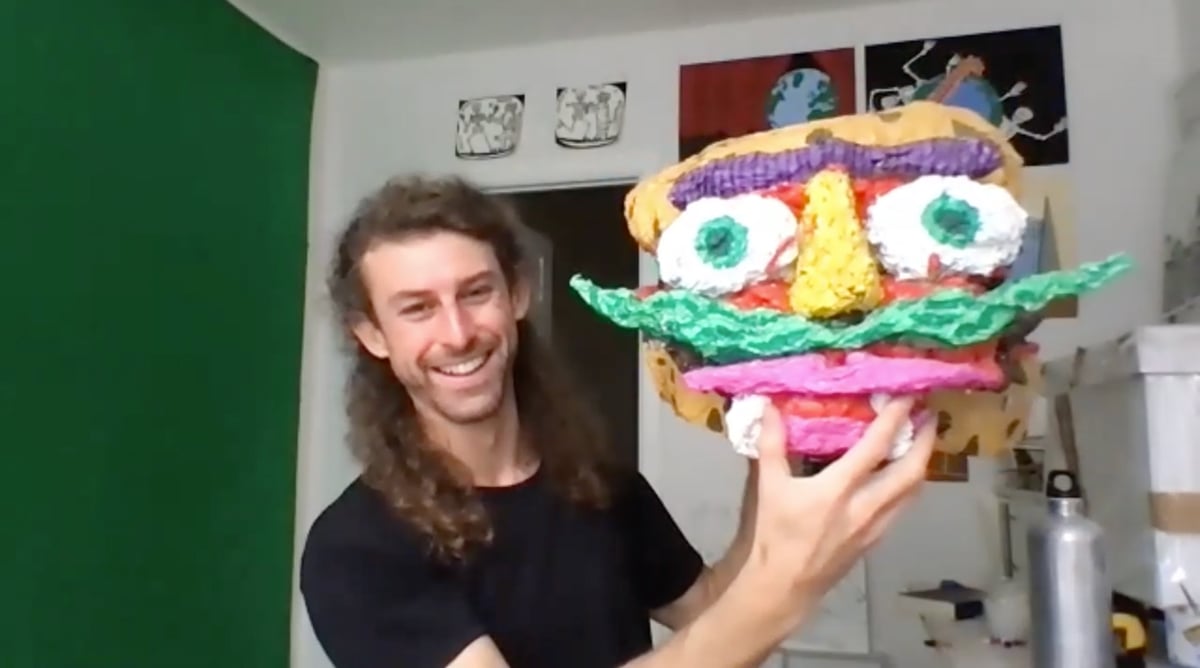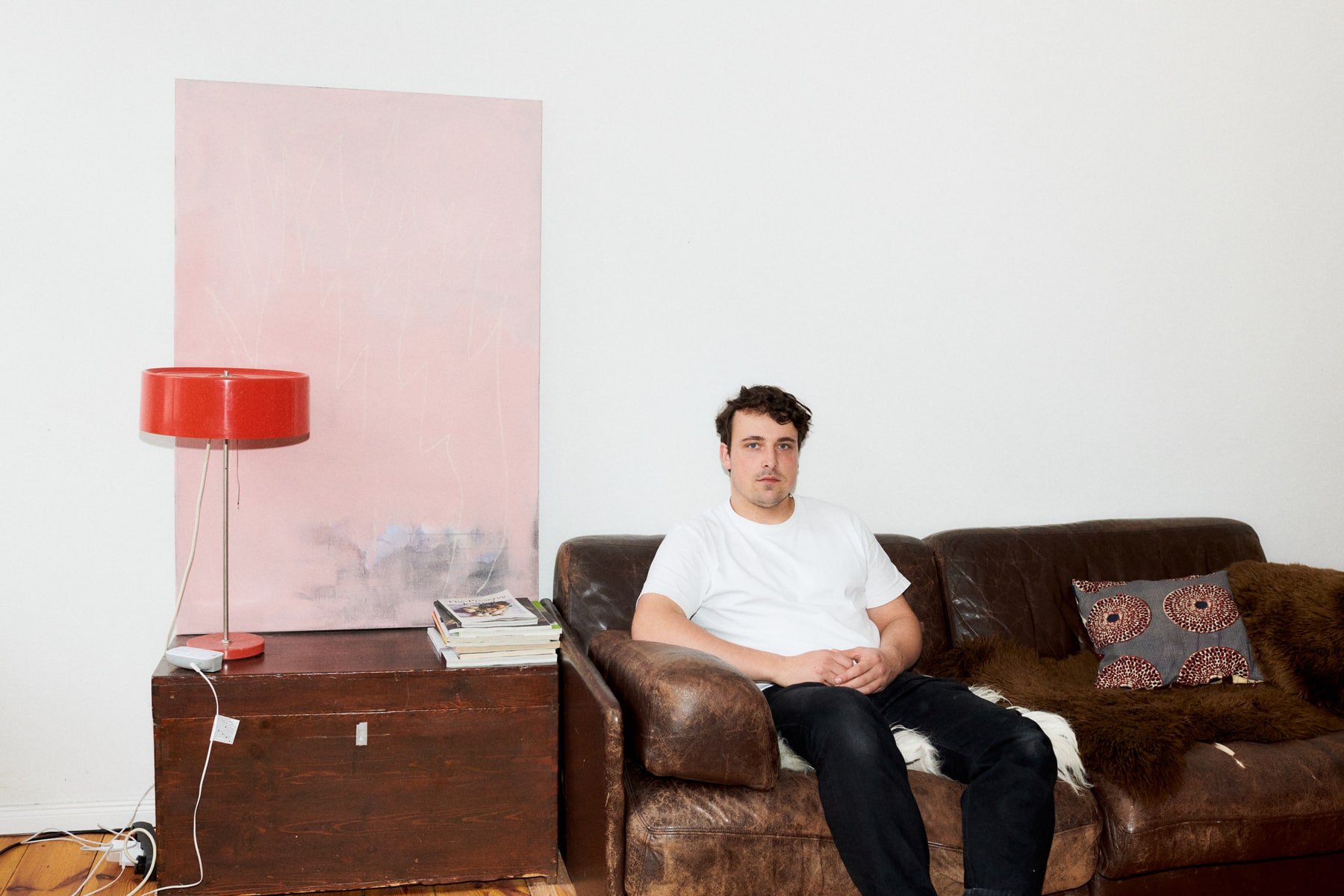Zebadiah Keneally is the fifth artist to take on the task of creating the visuals for the annual Apartamento cookbook, now, as you may be guessing, in its fifth year. The book is dedicated to herbs and spices, the magic, medicinal stuff of legend, or as David Zilber—previously head of the Noma Fermentation Lab and just one of the 16 chefs to have contributed a recipe—says, the thing that wars have been waged over and empires built or toppled on the back of. Why? All because ‘we go to the ends of the earth for flavour, to experience the natural world’.
Refreshingly, I first came across Zebadiah’s work through the post, not Instagram. It was a few years back when a copy of his fanzine In My End Is My Beginning (Nieves, 2017) arrived at the studio here in Barcelona. In it, a star line-up of iconographic characters (a clock, a heart, the world, all with eyes, sometimes with arms and/or legs) explore decidedly profound themes like God, religion, and time (past, present, future) in a narrative comic style with the page usually divided into no more than two vignettes.
So of course I immediately Googled Zebadiah, and a quick trip through his Indexhibit website, down his Instagram feed, and (better still) across his YouTube channel cemented the increasingly urgent feeling of needing to work with him on something. If you, too, Google him, you’ll find that he is a prolific performance artist inhabiting personas such as Hamburger Vampire, an evil entrepreneur based on Donald Trump, and God himself. Zebadiah del Fuego seems to be Zebadiah’s alter ego when he travels. It’s bizarre, but at the very least it will surely provoke a smile. In my case, it left me thinking that more often than not we are the ones who place limits on our own creativity rather than anyone else.
Fast-forward a few years and some failed collaboration attempts, finally, mid-pandemic, it clicked: Zebadiah would be perfect for the cookbook. And, as is the case with most Apartamento stories, something that doesn’t cease to amaze me, a single email from one side of the world to the other puts the project in motion.
About a week ago now I spoke to Zebadiah, who although being born in Connecticut (1984) is now based in New York City. He picked up the Zoom call in his studio, which is a room in his house, and over the course of an hour or so we talked about his interest in time and astrology, shared addictions to dopamine, and his incredible yet-to-be-published semi-autobiographical graphic novel, which is tentatively titled All the Things I Know, and which apparently he started while hiding in the janitor’s closet while working as a mail boy for Goldman Sachs.
















 close
close


